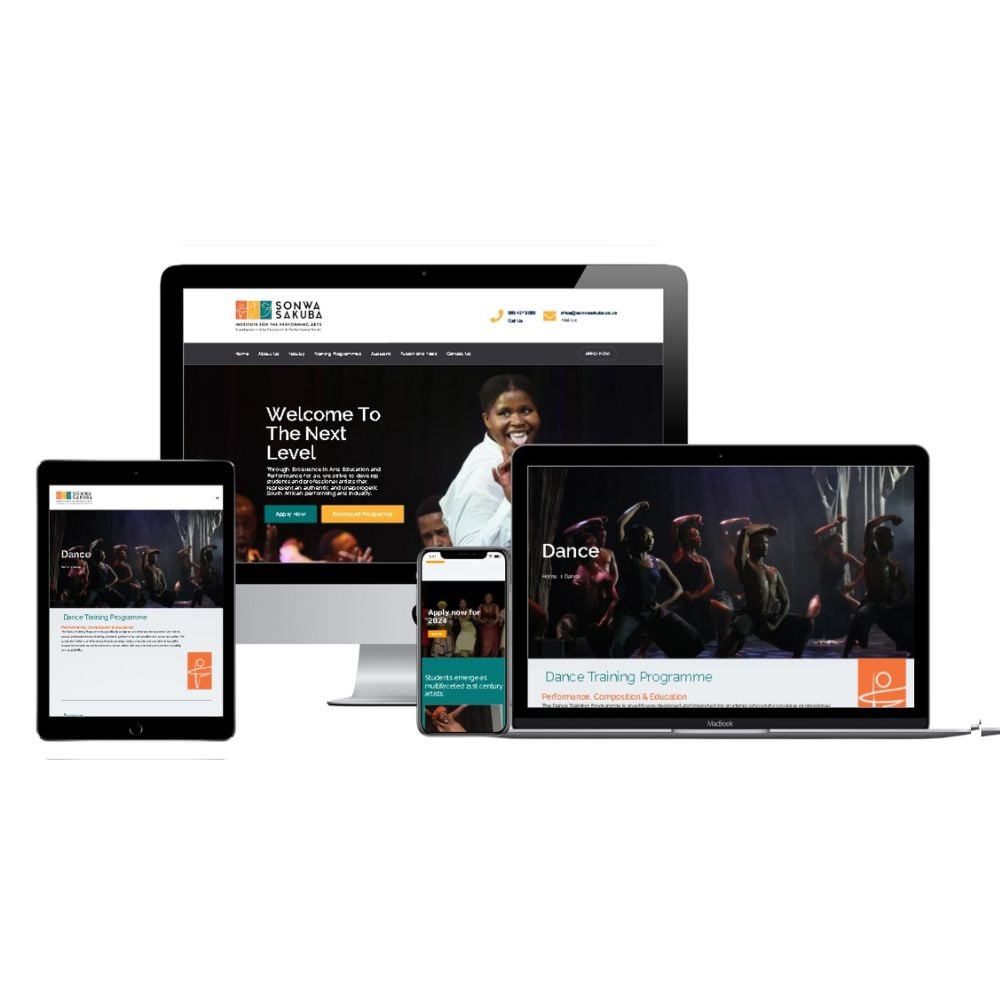Unique Website Design Services to Enhance Your Brand’s Digital Experience
Unique Website Design Services to Enhance Your Brand’s Digital Experience
Blog Article
Leading Tips for Creating an Impactful Site Layout That Converts
To accomplish this, one have to consider a selection of factors, including understanding the target audience, focusing on individual experience, and optimizing for mobile systems. The calculated usage of compelling call-to-actions and a distinct aesthetic pecking order plays a vital role in guiding customers through their trip.

Understand Your Target Market
Understanding your target market is basic to efficient site layout, as it prepares for producing an appealing customer experience. Determining who your individuals are, including their demographics, preferences, and habits, allows designers to tailor the web site's content, design, and capability to satisfy specific demands.
Carrying out complete marketing research is crucial in this procedure. Surveys, meetings, and analytics can provide useful understandings into user expectations and pain factors. By assembling this data, designers can create user identities that represent various sectors of the audience, making sure that layout decisions are educated and pertinent.
In addition, comprehending the target audience helps in selecting ideal design components such as color pattern, typography, and imagery that resonate with customers. A web site that talks straight to its target market fosters a sense of link and depend on, motivating longer sees and greater conversion prices.
Inevitably, a user-centered strategy to site layout not only improves individual complete satisfaction but additionally sustains business goals by driving interaction and loyalty. By prioritizing the requirements and preferences of the target market, an internet site can properly offer its function and achieve wanted results.
Prioritize User Experience
To improve the overall effectiveness of a web site, prioritizing individual experience (UX) is necessary (Website Design). A properly designed UX makes sure that visitors can navigate the site easily, find details quickly, and engage with content meaningfully. This leads to boosted individual satisfaction and greater conversion rates
Begin by applying intuitive navigation. Menus must be practically structured, enabling users to locate essential areas of the site with minimal initiative. Consistency in design elements, such as color pattern and font styles, promotes knowledge, which is vital for maintaining individual interaction.
Furthermore, take into consideration the filling rate of your internet site. A delay of simply a few seconds can bring about substantial drop-offs, as individuals are less likely to wait for a slow-loading web page. Streamlining pictures and enhancing code can improve performance and retain visitors.
By focusing on user experience, you not only create an extra delightful atmosphere for visitors yet additionally reinforce your brand name's integrity. Ultimately, an emphasis on UX is a financial investment in the lasting success of your internet site.
Optimize for Mobile Instruments
Optimizing for mobile phones is crucial in today's digital landscape, where a boosting number of individuals accessibility internet sites via mobile phones and tablets. A mobile-friendly style not only improves customer experience however also plays a substantial duty in boosting online search engine positions. To achieve this, check here it is vital to take on a receptive style that instantly adapts to different screen sizes and alignments.

Packing speed is another important element; mobile customers are commonly much less patient and anticipate quick accessibility to information. Optimize photos and take advantage of web browser caching to improve performance. Test your web site on several gadgets and display resolutions to recognize and correct any kind of potential functionality issues. By prioritizing mobile optimization, you ensure that your site remains competitive and effectively engages a more comprehensive audience.
Usage Compelling Call-to-Actions
An internet site's effectiveness commonly rests on its capability to assist visitors towards wanted activities, making engaging call-to-actions (CTAs) necessary elements of layout. CTAs serve as the essential points that direct customers to involve with the site, whether that indicates click for more info buying, registering for an e-newsletter, or downloading a resource.
To develop reliable CTAs, quality is paramount. Use concise language that plainly communicates the action you desire the customer to take. Expressions such as "Get Started," "Sign Up Free," or "Store Now" not just convey seriousness but additionally eliminate uncertainty. The positioning of CTAs is similarly important; they should be tactically positioned throughout the webpage to guarantee they are easily visible, especially in high-traffic areas.
Additionally, the layout of CTAs should stick out without being meddlesome. Utilize contrasting shades and clear typefaces to guarantee they record attention. Additionally, consider using directional hints, such as arrowheads or photos, to lead individuals towards these switches. By focusing on these components, companies can significantly improve user interaction, driving conversions and ultimately accomplishing their web site's goals.
Concentrate On Visual Power Structure
Effective site design relies heavily on a well-structured aesthetic pecking order that overviews individuals through content seamlessly. By arranging components in a manner that prioritizes details, developers can improve customer experience and assist in decision-making. This includes making use of size, shade, comparison, and spacing strategically to accentuate one of the most essential components of a page.
The usage of larger font styles for headings and subheadings establishes a clear distinction between different areas, enabling users to check material easily. Additionally, employing different shades for switches and calls-to-action can catch customer attention and motivate interaction. Whitespace is one more important element; it avoids mess and makes it possible for customers to focus on crucial messages without distractions.
Images and graphics should enhance the message while also adhering to the well established pecking order, reinforcing the overall message (Website Design). Consistency in layout components, such as color design and typography, additional reinforces the visual pecking order, making navigation user-friendly

Final Thought
In conclusion, reliable web site layout demands a thorough understanding of the target audience, prioritization of user experience, and mobile optimization. Eventually, a well-executed site style serves as a vital component in driving customer actions and achieving business objectives.
Report this page